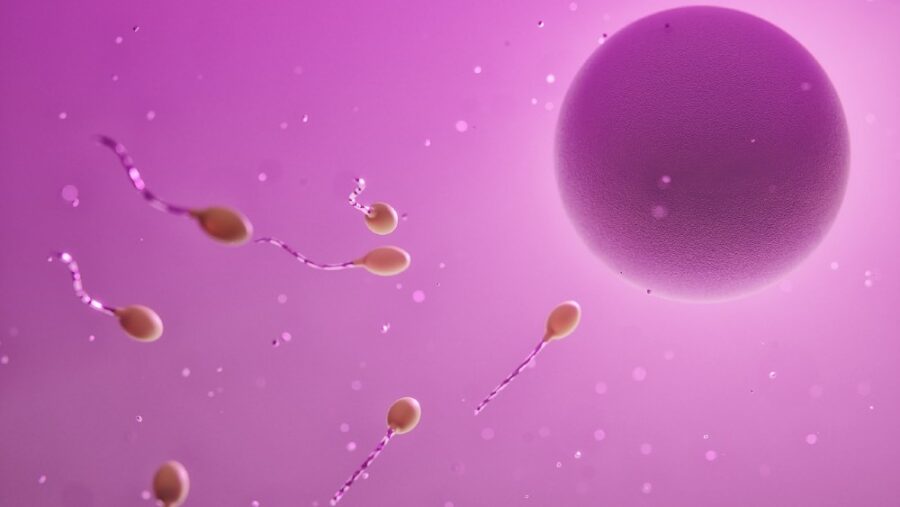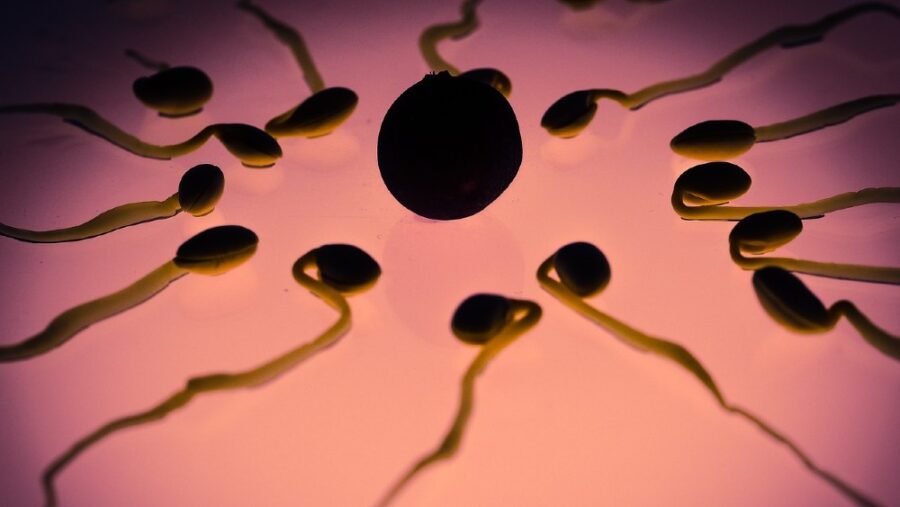One Gross Bodily Fluid Observed Defying The Laws Of Physics

Science Alert points to a recent study suggesting how sperm’s movement doesn’t necessarily apply to the laws of physics as we currently understand them. Newton’s third law dictates that for every action, there is an equal and opposite reaction, but when it comes to the wave-like motion that sperm tails make while propelling through viscous liquids, there are other forces at play that we haven’t previously considered. Scientists have coined the term “odd elastic modulus” to accurately describe the internal mechanics of a sperm’s flagella.
Sperm Cells Defy The Laws of Physics

Though Newton’s third law applies almost universally to most reciprocal physical forces, sperm cells and other microscopic biological swimmers boast their own brand of non-reciprocal physics that’s more in line with the movement of birds, who generate their own energy with their wings.
A sperm’s flagella, just like a bird’s wings, adds a disproportionate amount of energy to the mix, which throws off the balance and allows sperm to move with ease through a viscous environment. In other words, the equilibrium of the equation is thrown off, and the same physical laws don’t apply in this context.
Sperm Cells Swim With Ease Without Losing Energy

Typically speaking, when two equal forces collide, like marbles rolling across the floor, they transfer their forces and rebound. Sperm cells cheat this law of physics, which allows them to accomplish their primary goal, which is fertilizing an egg. Despite the resistance of their surroundings, sperm cells are able to swim with ease without losing energy to their surrounding fluids, a task that would otherwise be impossible for single-celled organisms.
Was SIr Isaac Newton Wrong?

It’s worth noting, however, that Newton wasn’t wrong when he established his third law of motion. He just didn’t consider sperm and other microscopic organisms like algae when he was studying the laws of physics in 1686. But as research methods become more advanced, scientists could add an addendum to the groundwork that Newton laid out, and continue to extrapolate on Newton’s past assertions with their most recent findings.
The Sperm Research Could Lead To More Technological Innovations

This new understanding of odd elasticity in sperm, and how it plays into the odd elastic modulus that researchers posit, increases our understanding of physics on a microscopic level. What’s more, now that we know that the standard rules of physics don’t necessarily apply to microscopic organisms that operate collectively, there are technological innovations that can benefit from this research.
Scientists hope that this research could be used to eventually help design tiny self-assembled robots that mimic these movements, which could move fluidly through similar environments.
Replicating Sperm’s Physics

Just imagine what the future holds now that we know that microscopic organisms like sperm don’t follow the established rules of physics as we previously understood them. Scientists plan to work on small robots that mimic a sperm’s flagella, but if they can find a way to reliably mimic this form of natural movement on a larger scale, then there’s no limit to how this technology could be used.
On a microscopic level, sperm’s unique physics could potentially be replicated and used for medical innovations in the form of advancements in the field of microsurgery. On a larger scale, and we’re just speculating here, vehicles used for deep sea or space exploration could also benefit from having a flagella-like devise that would allow them to move with ease through questionable materials that were once thought impossible to traverse.












